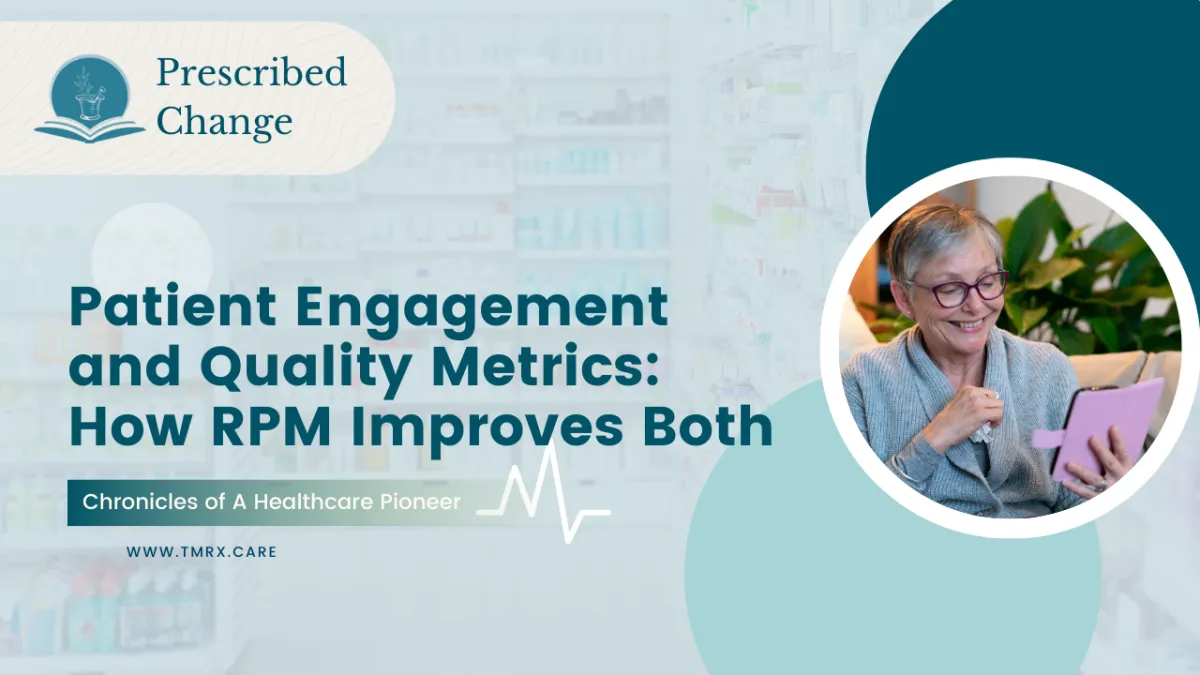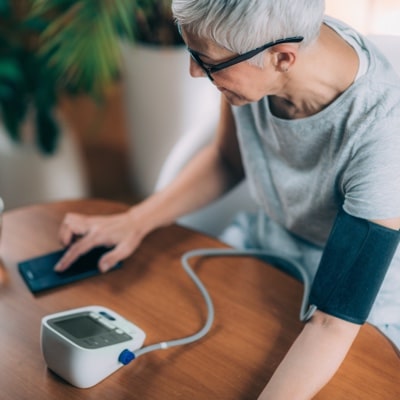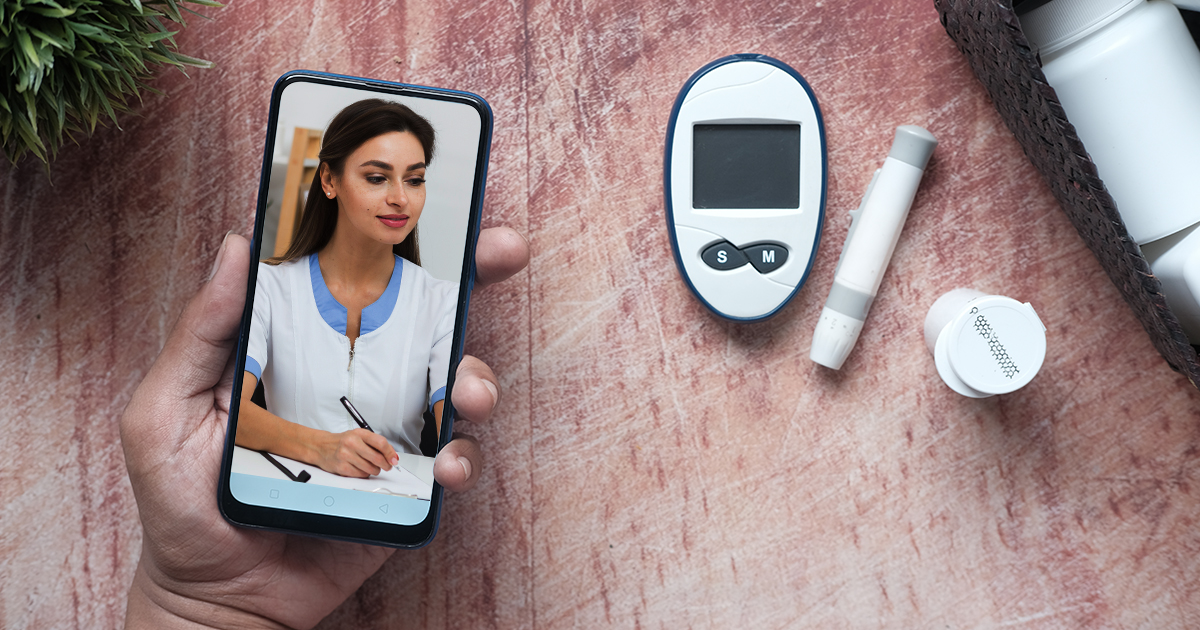
Patient Engagement and Quality Metrics: How RPM Improves Both
Patient engagement and quality metrics are essential components of modern healthcare. With Remote Patient Monitoring (RPM), these elements are elevated to a new level. RPM fosters continuous patient interaction, leading to better adherence and proactive management of chronic conditions. Quality metrics, such as medication adherence, blood pressure control, and overall patient satisfaction, see marked improvements through real-time monitoring and personalized care plans.
By utilizing RPM, healthcare providers can create a more patient-centric experience, improve health outcomes, and meet quality benchmarks with greater efficiency.
How RPM Enhances Patient Engagement
RPM promotes consistent communication between patients and healthcare providers. Patients become more involved in their care as they regularly track and report health data like blood pressure, glucose levels, or other vital signs. The increased touchpoints, facilitated by RPM tools, encourage patients to take ownership of their health, leading to better adherence and proactive management of their conditions.
The Impact of RPM on Quality Metrics
Quality metrics are crucial for evaluating the effectiveness of healthcare services, and RPM significantly improves these numbers. For example, RPM has been shown to increase medication adherence rates, lower hospital readmissions, and enhance chronic condition management. Metrics like blood pressure control, glucose monitoring, and overall patient satisfaction rise as remote monitoring allows for timely interventions and personalized care plans.
Practical Examples of RPM at Work:
Blood Pressure Monitoring: Patients using RPM can transmit daily blood pressure readings to their healthcare providers, allowing for quick adjustments to medication and lifestyle recommendations. This proactive approach leads to better control of hypertension and lowers the risk of heart disease and stroke.

Blood Glucose Monitoring: Diabetic patients benefit from real-time glucose monitoring, which enhances adherence to treatment protocols and minimizes complications. Providers can respond to alarming trends before they escalate into emergencies.

Congestive Heart Failure: RPM tools help monitor weight, oxygen levels, and other critical indicators of heart health. With timely intervention, hospital readmissions are significantly reduced, and patients experience better quality of life.
How RPM and the Pivot Program Work Together
Incorporating RPM into your practice not only improves patient engagement but also meets the stringent demands of quality metrics set by healthcare providers and insurance companies. With the Pivot Program, pharmacists learn how to integrate RPM into their consulting services effectively, driving better health outcomes and generating sustainable revenue. It's a win-win for patient care and your pharmacy consulting business.
Whether you're a pharmacist ready to dive into remote care or simply exploring new ways to improve patient engagement and quality metrics, RPM offers a proven path to success. It's time to embrace the future of healthcare with RPM!
